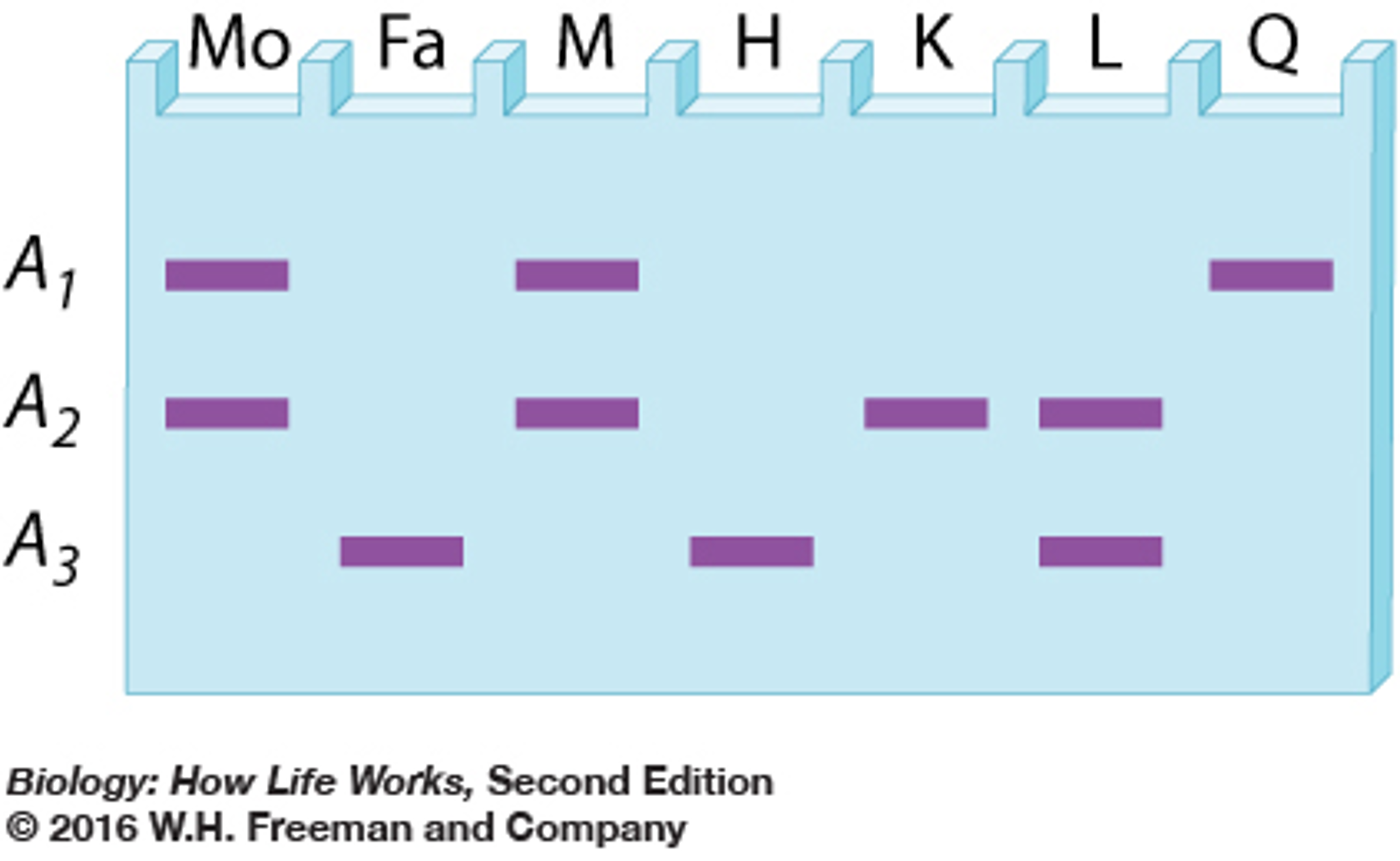


Pneumocystis jirovecii is an opportunistic fungus that causes pneumonia in immunocompromised patients, especially those with HIV infection, in whom it remains a major cause of morbidity and mortality. RFLP may be very useful for studying clusters of PCP in immunosuppressed patients, to determine whether there is a common source of infection Our results highlight the presence of a remarkable diversity in human Pneumocystis strains. In an evaluation of samples obtained from an outbreak of PCP in kidney transplant recipients in Germany, RFLP analysis demonstrated identical patterns in samples that were from 12 patients previously linked to this outbreak, as well as from 2 additional patients. Despite this substantial diversity, samples tended to cluster on the basis of country of origin. In our initial analysis of 48 samples, we found that samples obtained from different individuals showed distinct banding patterns only samples obtained from the same patient showed an identical RFLP pattern.

#Restriction fragment length polymorphism serial#
The RFLP pattern was reproducible in samples containing >1000 msg copies/reaction and was stable over time, based on analysis of serial samples from the same patient. We have developed a typing method for Pneumocystis jirovecii that is based on restriction fragment length polymorphism (RFLP) analysis after polymerase chain reaction amplification of an ∼1300 base-pair region of the msg gene family, which comprises an estimated 50–100 genes/genome. Better understanding of the epidemiology and transmission patterns of human Pneumocystis should lead to improved strategies for preventing Pneumocystis pneumonia (PCP).


 0 kommentar(er)
0 kommentar(er)
